In the world of culinary expertise, restaurant chefs hold a treasure trove of secrets to elevate dishes to new heights. From achieving that coveted crispy fish skin to crafting tender, juicy chicken, they possess a wealth of knowledge.
Want perfect fries that are irresistibly crispy? They have a brining hack for that. And if you’re looking to enhance the flavors of seafood dishes, a dash of clam sauce does wonders. These are just a few of the insider tips that will leave your taste buds begging for more.
Get ready to unleash your inner chef as we unveil the secrets from restaurant chefs.
Key Takeaways
- Use a high smoking point oil and get the pan smoking hot for crispy fish skin.
- Brining chicken and French fries adds flavor and tenderness.
- Adding a dash of clam sauce enhances the flavor of seafood dishes.
- Folding miso into softened butter cuts the saltiness and imparts a miso flavor.
Pan-Smoking Technique for Crispy Fish Skin
The chef recommends getting the pan smoking hot to achieve crispy fish skin. This pan smoking technique enhances the overall seafood dish by adding a delicious crunch to the fish.

To start, choose a pan with a high smoking point oil, such as canola or vegetable oil. Heat the pan over high heat until it begins to smoke. This ensures that the skin gets a nice sear and becomes crispy.
Once the pan is smoking hot, carefully place the fish, skin side down, into the pan. Allow the fish to brown for a few minutes and then turn down the heat to medium. This allows the fish to cook through without burning the skin.
With a little patience and the pan smoking technique, you can achieve perfectly crispy fish skin that will elevate your seafood dish to new heights.
Brining Method for Tender, Juicy Chicken
Soaking chicken in cold salt water before cooking adds flavor and tenderness, according to chef Marcus Samuelsson. Brining is a popular method used by many chefs to enhance the taste and texture of chicken.

However, if you’re looking for alternatives to brining, there are other ways to achieve similar results. Marinating the chicken in a mixture of herbs, spices, and acidic ingredients like lemon juice or vinegar can also help to tenderize the meat and infuse it with flavor.
Another option is dry brining, which involves rubbing the chicken with salt and allowing it to sit in the refrigerator for a few hours. This method draws out moisture from the meat, resulting in a more flavorful and juicy chicken.
Whatever method you choose, the benefits of brining or brining alternatives are undeniable – a moist and delicious chicken that is sure to impress.
Brining Hack for Perfect French Fries
To achieve the desired crispiness, chefs recommend soaking french fries in salt water before frying. This brining technique not only enhances the flavor of the fries but also ensures they come out perfectly crispy. Here is a step-by-step guide to the brining method for flavorful fries:

-
Soak: Begin by soaking the cut fries in a bowl of cold water mixed with salt. This helps to season the fries from the inside out and removes excess starch.
-
Rinse: After soaking for about 30 minutes, drain the fries and rinse them under cold water. This step helps to remove any remaining starch and ensures even cooking.
-
Dry: Pat the fries dry with a clean kitchen towel or paper towels. Removing excess moisture is crucial for achieving crispy fries.
-
Fry: Heat oil in a deep fryer or large pot to 350°F. Fry the fries in small batches until golden brown and crispy. Remove from the fryer and drain on paper towels.

Enhancing Seafood Dish With Clam Sauce
Enhancing the flavor of seafood is easy with a dash of clam sauce. According to chef Fabio Viviani, adding clam sauce can elevate the dish without overpowering it. Clam sauce is not only versatile but also delicious, offering a unique and savory taste. There are various clam sauce variations that can be paired with different types of seafood, allowing for a customized and flavorful experience.
From classic white clam sauce made with garlic, white wine, and butter, to red clam sauce with tomatoes and spices, the possibilities are endless. The briny and slightly sweet flavor of the clams complements the natural taste of seafood, creating a harmonious combination. Whether you drizzle it over grilled fish, toss it with pasta and shrimp, or use it as a dipping sauce for fried calamari, clam sauce adds depth and complexity to any seafood dish.
Don’t be afraid to experiment with different clam sauce pairings to discover your favorite flavor combinations.
Cutting Saltiness of Miso With Butter
Folding miso into softened butter imparts miso flavor without excessive saltiness, as recommended by chef David Chang. This ingenious combination creates a versatile and flavorful ingredient that can be used in various dishes.
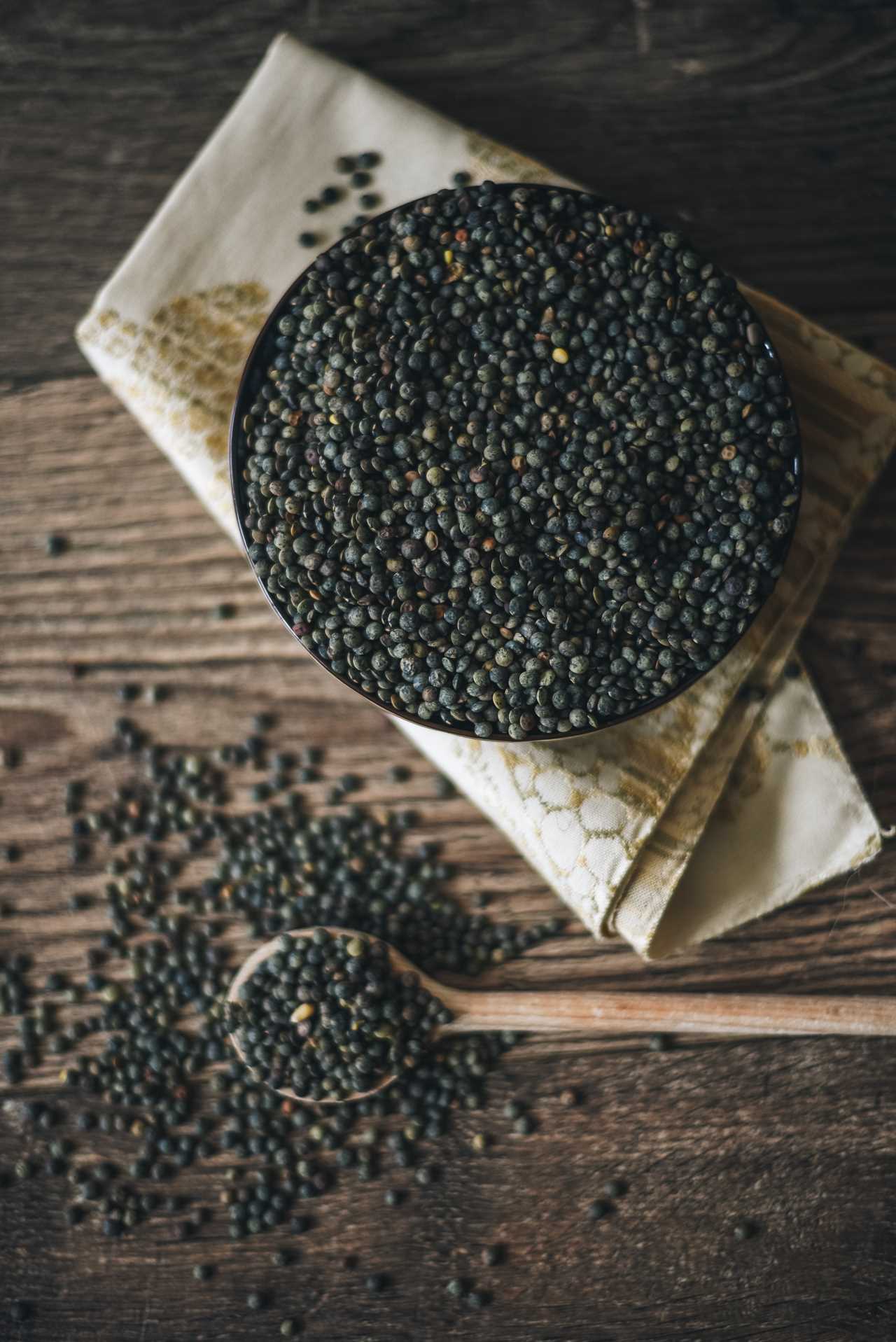
Here is a simple recipe for miso butter:
-
Soften the butter: Allow the butter to come to room temperature or microwave it for a few seconds until softened.
-
Mix in the miso: Add miso paste to the softened butter and fold it together until well combined. The ratio of butter to miso can vary depending on personal preference, but starting with equal parts is a good place to start.
-
Use as a butter substitute for miso sauce: Miso butter can be used as a flavorful substitute for miso sauce in recipes. Simply spread it on toast, melt it over grilled vegetables, or use it to sauté meats and seafood for an extra burst of umami flavor.
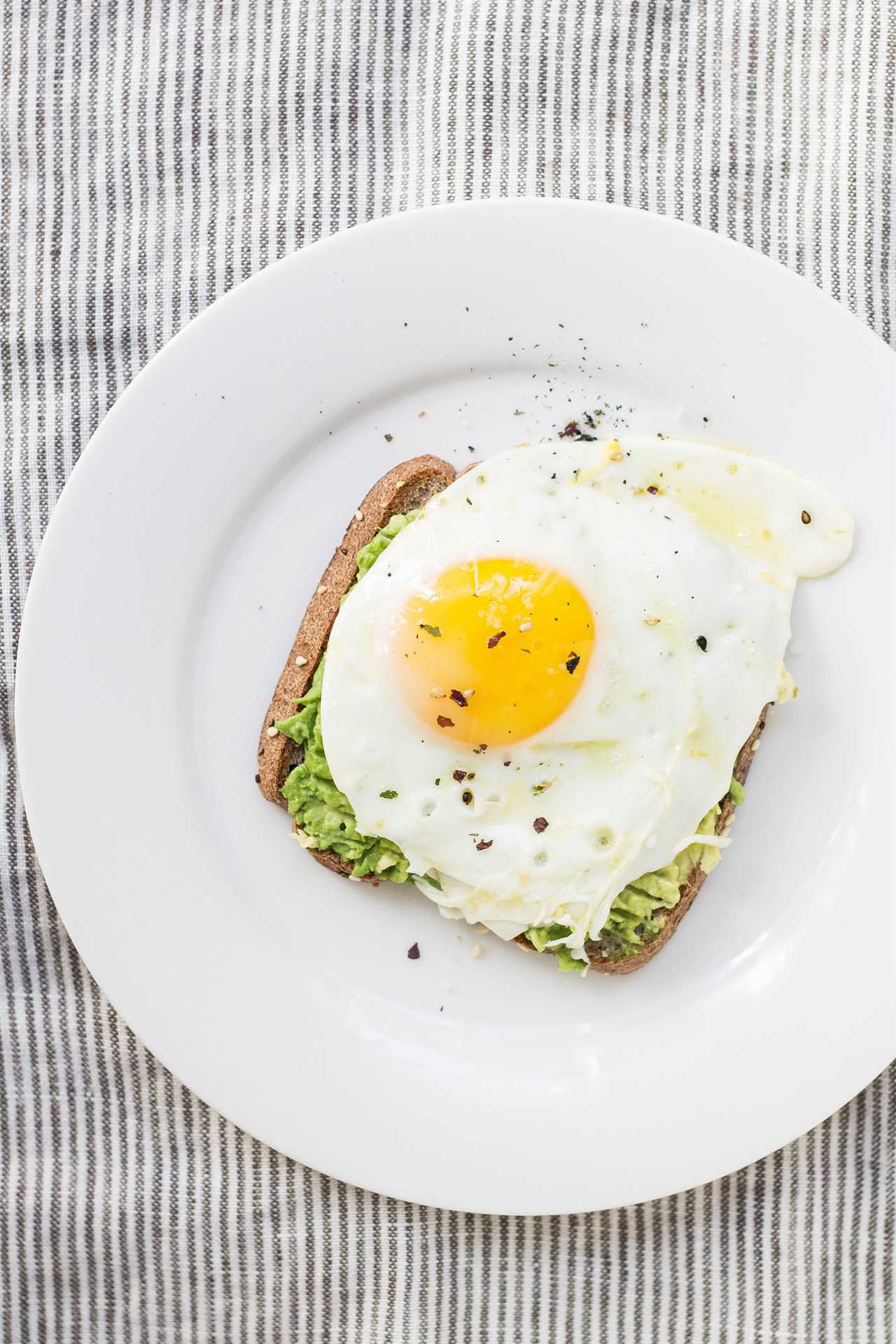
-
Store for future use: Miso butter can be stored in an airtight container in the refrigerator for up to a week. It can also be frozen for longer storage.
With this miso butter recipe, you can easily add depth and richness to your dishes while cutting back on the saltiness often associated with miso sauce. Enjoy the freedom to experiment and create delicious meals with this versatile ingredient.
Double Boiler Trick for Perfect Scrambled Eggs
Using a double boiler, chef Heston Blumenthal cooks scrambled eggs to perfection. The result is soft, buttery, and custard-like eggs that never dry out.
However, not everyone may have access to a double boiler in their kitchen. Fortunately, there are alternatives that can be used to achieve similar results.

One option is to use a heatproof bowl set over a pot of simmering water. This makeshift double boiler can be created by ensuring that the bottom of the bowl does not touch the water.
Another alternative is to use a saucepan with a metal bowl that fits snugly on top. This allows for the gentle and indirect heat that is necessary for achieving the desired texture of the scrambled eggs.
When using a double boiler or its alternatives, it is important to remember a few tips. Firstly, ensure that the water in the bottom pot is simmering and not boiling vigorously. Secondly, whisk the eggs constantly to prevent them from curdling. Lastly, remove the eggs from the heat just before they fully set, as residual heat will continue to cook them.
Elevating Dishes With a Splash of Good Olive Oil
Nancy Silverton, a renowned chef, understands the power of olive oil in enhancing the flavors of different dishes. She elevates various dishes by drizzling them with a splash of high-quality olive oil.
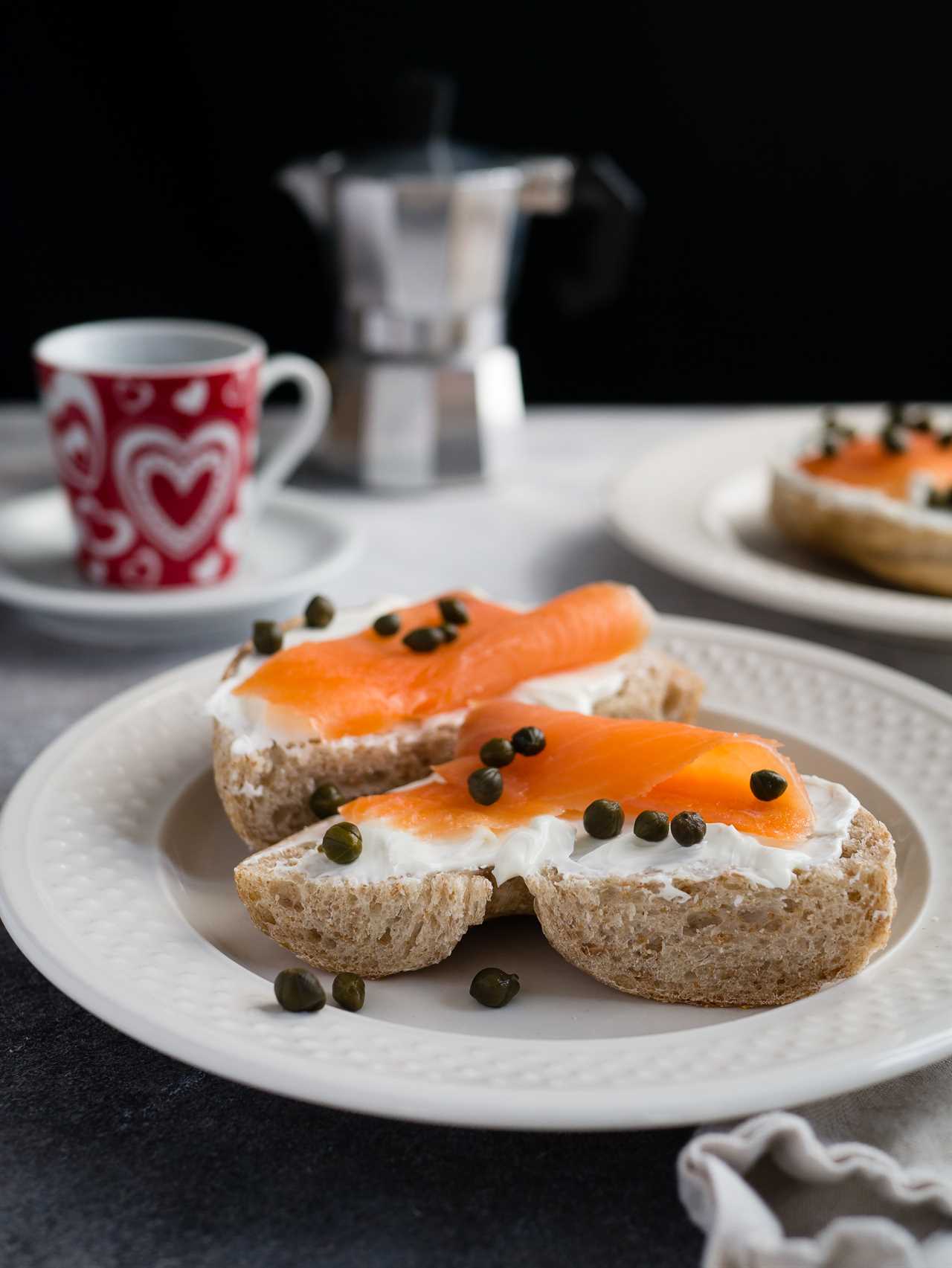
Here are some ways that olive oil can be used to elevate your cooking:
-
Elevating Pasta Dishes: Adding a drizzle of olive oil to pasta dishes brings out the flavors and adds a luxurious touch. It can be used as a finishing touch to enhance the taste of pasta, whether it’s a classic carbonara or a simple aglio e olio.
-
Using Olive Oil in Baking Recipes: Olive oil can also be used in baking to add moisture and richness to your baked goods. It works particularly well in recipes like olive oil cake or olive oil bread, where its distinct flavor can shine through.
-
Enhancing Pizza, Mozzarella, Fish, and Meat: Olive oil can be used to enhance the flavors of various ingredients. Drizzling olive oil over a pizza or a plate of mozzarella can take them to the next level. Similarly, it can be used to add a luscious finish to grilled fish or meat.
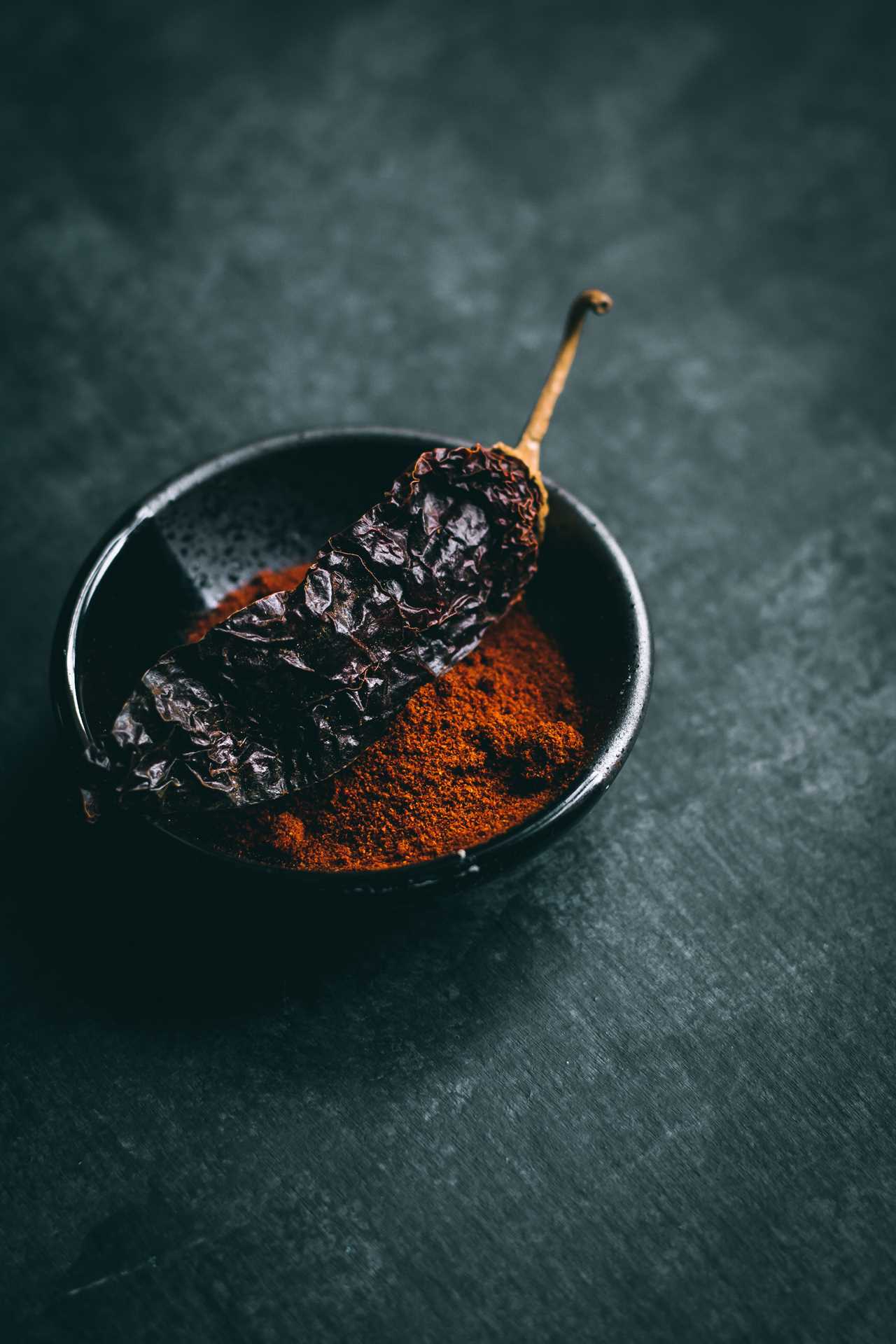
Searing Meats and Veggies With a Cast-Iron Pan
A cast-iron pan is a preferred tool for searing meats and veggies due to its ability to create a delectable crust. To ensure optimal performance, it is important to properly clean and season the cast iron pan.
After each use, clean the pan with a mixture of coarse salt and oil, using a soft brush or sponge to scrub away any residue. Rinse and dry thoroughly before applying a thin layer of oil to prevent rusting.
When it comes to searing vegetables, choose options that can withstand high heat and retain their texture, such as bell peppers, zucchini, and asparagus. These vegetables develop a beautiful caramelization and maintain their crunch when seared in a cast-iron pan, adding depth and flavor to any dish.
Preventing Fish From Sticking to the Grill With Mayonnaise
Coating fish with regular mayonnaise before grilling prevents it from sticking to the grill and adds a nice color to the fish. This simple technique is a secret used by many restaurant chefs to ensure their grilled fish turns out perfectly every time.
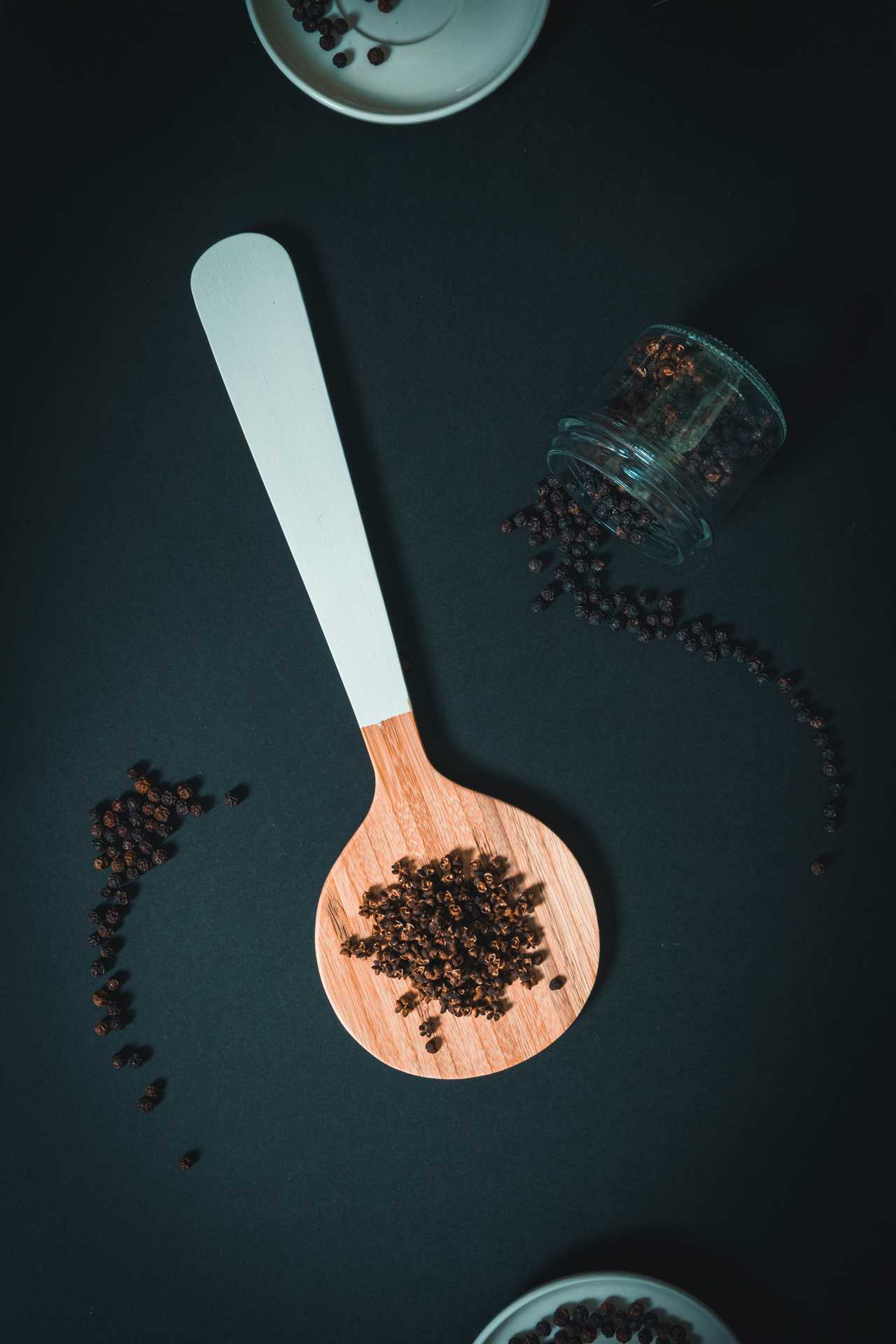
Mayonnaise acts as a protective barrier between the fish and the grill, preventing it from sticking and allowing for easy flipping. Additionally, the mayonnaise adds a beautiful golden brown color to the fish, enhancing its appearance.
But the benefits of using mayonnaise don’t stop at fish. It can also be used as a marinade for grilling vegetables, imparting a creamy texture and delicious flavor.
Adjusting Oven Temperature for Smaller Baked Goods
In the previous subtopic, we learned about preventing fish from sticking to the grill by using mayonnaise. Now, let’s explore another secret from restaurant chefs: adjusting oven temperature for smaller baked goods. When baking smaller items like mini cookies or muffins, it’s crucial to adjust the oven temperature to ensure perfectly baked treats. A higher oven temperature, such as 500°F, for a shorter time can help achieve the desired outcome. For example, baking mini cookies at 500°F for just 4 minutes can result in crispy edges and a soft, gooey center. This technique allows for even baking, preventing the smaller goodies from drying out or becoming overcooked. So next time you’re baking small treats, remember to adjust the oven temperature for a delightful result.
| Adjusting Oven Temperature for Smaller Baked Goods |
|---|
| Higher oven temperature for smaller items |
| Example: bake mini cookies at 500°F for 4 minutes |
| Tip from Jim Lahey |
On a related note, another tip to ensure year-round enjoyment of peak produce is freezing it for winter baking. By buying fruits at their peak and freezing them in airtight containers, you can preserve their freshness and flavors. This way, you can have access to high-quality produce even during the colder months when fresh options may be limited. Imagine enjoying a delicious blueberry pie in the middle of winter, made with peak-season blueberries that were frozen in the summer. Freezing peak produce not only allows for more variety in your baked goods but also helps reduce food waste by utilizing excess fruits and vegetables. So go ahead and stock up on your favorite produce to savor the tastes of summer all year long.

| Freezing Peak Produce for Winter Baking |
|---|
| Buy fruit at its peak |
| Freeze in an airtight container |
| Enjoy peak produce year-round |
| Tip from chef Mindy Segal |
Frequently Asked Questions
How Do You Achieve a Crispy Fish Skin Using the Pan-Smoking Technique?
To achieve crispy fish skin using the pan-frying technique, start by heating the pan until it’s smoking hot.
Then, use an oil with a high smoking point, such as vegetable or canola oil.
Place the fish skin-side down in the pan and let it brown for a few minutes. Once it’s browned, reduce the heat to prevent burning.
Practice patience and allow the skin to cook slowly until it becomes crispy.

What Is the Brining Method Used to Make Tender and Juicy Chicken?
To make tender and juicy chicken, the brining method is used. Brining benefits the chicken by adding flavor and tenderness.
The process involves soaking the chicken in cold salt water, allowing it to absorb the salt and moisture. This helps to break down the proteins in the meat, resulting in a more succulent texture.
Brining alternatives include marinating the chicken in a mixture of acidic ingredients or using a dry rub to infuse flavor and tenderize the meat.
Can You Provide a Brining Hack for Making Perfect French Fries?
To achieve perfect french fries, a brining hack can be employed. Soak the cut potatoes in salt water before frying to enhance their flavor and ensure a crispy exterior.

The brining process removes excess starch from the fries, resulting in a more satisfying crunch. This simple technique, recommended by chef Ludo Lefebvre, allows for consistently delicious and perfectly cooked french fries that will impress any audience.
How Does Adding Clam Sauce Enhance the Flavor of Seafood Dishes Without Overpowering Them?
Adding clam sauce to seafood dishes enhances their flavor without overpowering them. The clam sauce pairing creates a perfect balance by complementing the natural taste of the seafood. It adds a subtle briny and savory note that elevates the overall taste experience.
The sauce doesn’t overpower the dish, allowing the seafood to still be the star. Chefs use this technique to enhance their seafood creations and create a harmonious blend of flavors.
What Is the Trick to Cutting the Saltiness of Miso While Still Imparting Its Flavor?
The trick to cutting the saltiness of miso while still imparting its flavor is to fold miso into softened butter. This alternative method reduces the excessive saltiness of miso while still allowing its unique taste to come through.
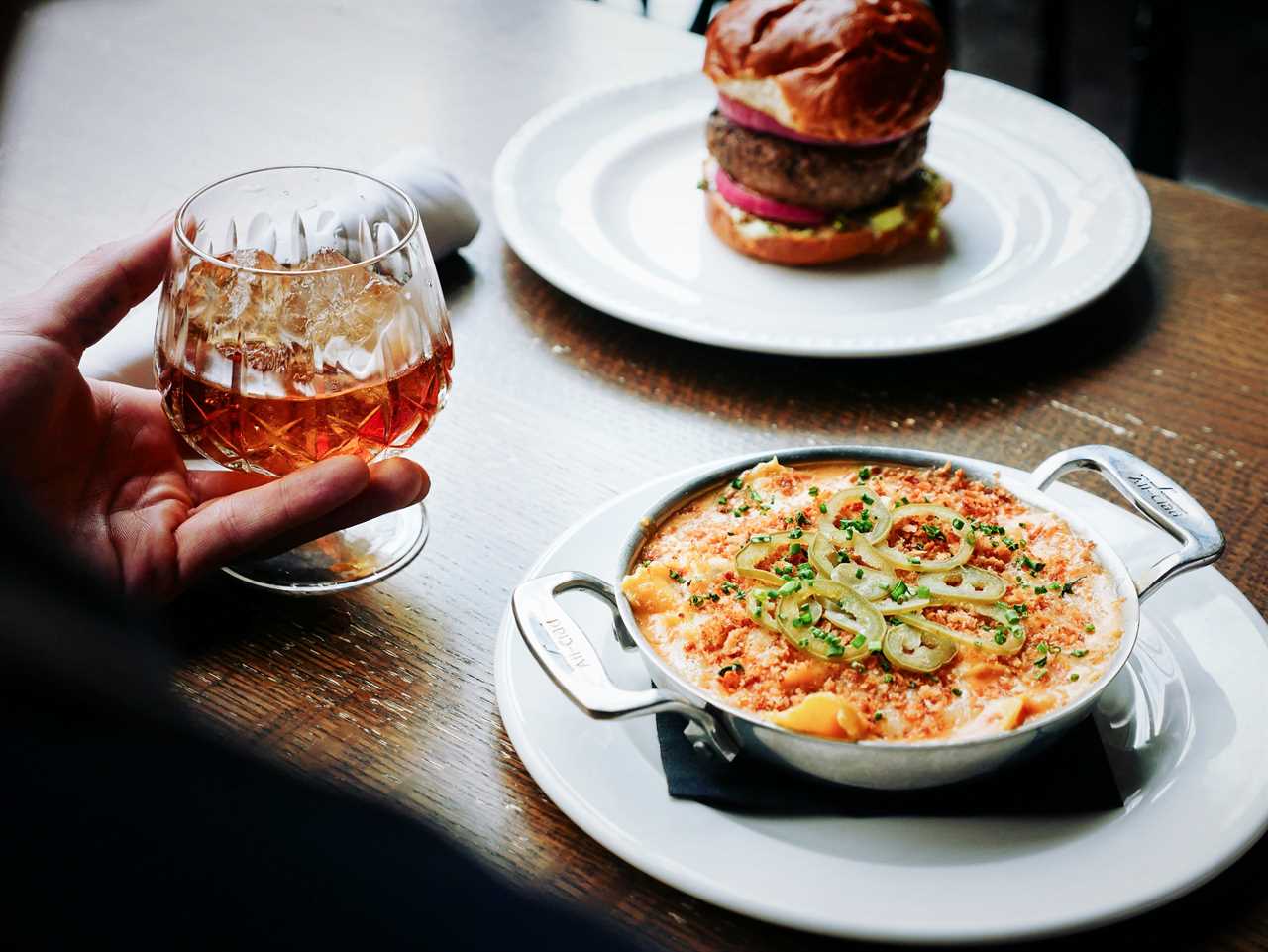
Chef David Chang suggests this technique as a way to add miso flavor to dishes without overpowering them with salt. By incorporating softened butter, the miso becomes more balanced and adds a rich and savory element to the dish.







